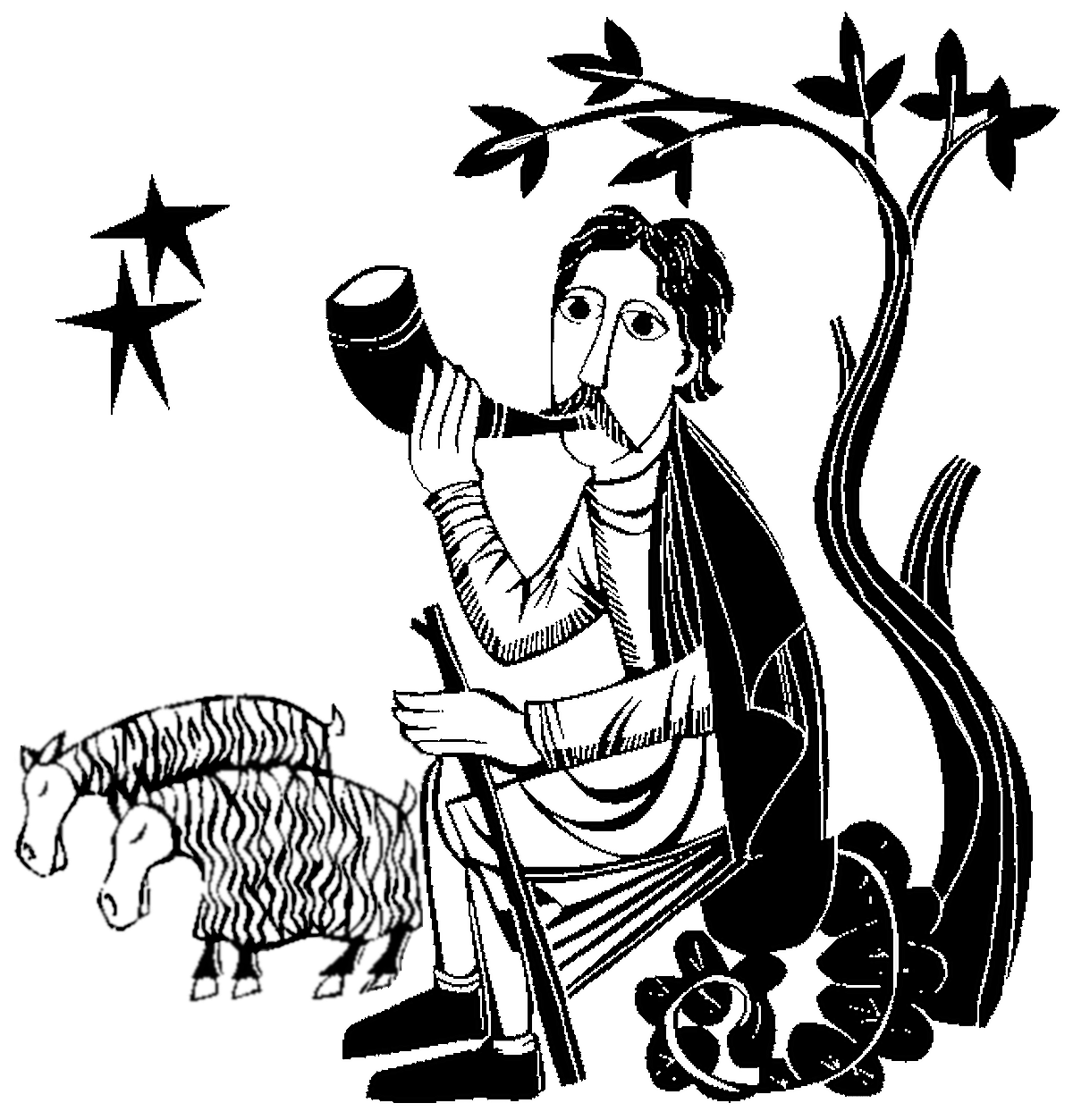The First Reading continues to be taken from Acts instead of from the Old Testament. Acts shows us the
Christian community in the first years after the Easter events, and thus mirrors the impact of the
resurrection experiences on the apostolic Church.
Today’s reading tells of the preaching of Paul and Barnabas at Pisidian Antioch during the so-called
first missionary journey.
The pattern of events is typical and is repeated in many cities during the missionary journeys: the apostles
preach in the synagogue; a certain number of Jews and Gentile converts to Judaism believe, while others reject
the message and stir up opposition against the apostles, who then declare their intention of turning to the
Gentiles.
The proclamation of the Word of God has no promise of success, but the Word must be proclaimed whether people
hear or refuse to hear (Ez 3:5).
What matters is that the word is proclaimed faithfully. This matters even more than that it should be made to
seem relevant by artificial stunts and gimmicks.
Responsorial Psalm: 100:1-2, 3, 5
This Sunday, formerly called the third Sunday after Easter, was traditionally known
as Jubilate Sunday, especially among the German Lutherans, because of the old Introit from Psalm 66.
Now, in series C, we use another Jubilate psalm, Psalm 100.
Easter is preeminently the season of joy. (Note also the last sentence of the first reading and the joyful
tone of the hymn in the second reading.)
Easter joy (Jubilate) is not the joy of anticipation, like that of Advent (Gaudete), nor the
brief moment of relief like the joy of mid-Lent (Laetare), but the exuberance of sorrow that has been
turned into joy (Jn 16:20-22).
Reading II: Revelation 7:9, 14b-17
We normally associate this passage with All Saints Day, but it is just as appropriate for Easter. The joy of
the martyrs is also the sorrow that has been turned into joy.
The martyrs have come out of “the great tribulation” (not merely tribulation,
but the tribulation; the Seer regards their martyrdom as part of the messianic woes, a sharing of the
cross of Christ).
Paschal imagery is picked up in the phrase “the blood of the Lamb” (see last Sunday’s Second Reading, with its reference
to “the Lamb who was slain”), as also the image of the shepherd who will guide the martyrs to
springs of living water, an image that will recur in the gospel.
This Gospel is not from the shepherd discourse proper, which comes earlier in John 10, but is an echo of it
in the next section, Jesus’ discourse at the feast of the Dedication.
It is tempting, as some commentators have done, to rearrange the text and to put these verses back in the good
shepherd discourse. But it is characteristic of John to return to an earlier theme and develop it further.
The earlier explanations of the good shepherd parable dealt with the gate and the shepherd, while this one
deals with the sheep, their relation to the shepherd, their enjoyment of eternal life already in the life of
discipleship (following), and the thrice-repeated assurance that they shall not perish nor be snatched out of
the shepherd’s hand (at the final judgment).
While all this is stated in typically Johannine language, its substance correctly reproduces the teaching of
the earthly Jesus as recorded in the Synoptists. To hear and to respond to Jesus’ word on earth is the
decisive factor that will determine acceptance by God at the last judgment (see Lk 12:8-9).
The concluding sentence about the unity of the Father and the Son gives the basis for the Nicene faith, but it
was meant by the evangelist, not in an ontological or metaphysical sense, as in the later dogmatic formulas,
but in the dynamic-historical sense of Hebraic thought.
The Father and the Son are one because of the Father’s call of the Son and the Son's response in
history, resulting in a complete alignment of the words and acts of the Father and the Son.
The history, of course, has an external background in the relation of the Father and the Son, as the prologue
makes clear (Jn 1:1-14).
| Preaching the Lectionary: The Word of God for the Church Today Reginald H. Fuller and Daniel Westberg. Liturgical Press. 1984 (Revised Edition), pp. 428-429. |
 |
|
For more information about the 3rd edition (2006) of
Preaching the Lectionary click picture above.
|
from Religious Clip Art for the Liturgical Year (A, B, and C).
This art may be reproduced only by parishes who purchase the collection in book or CD-ROM form. For more information go http://www.ltp.org

